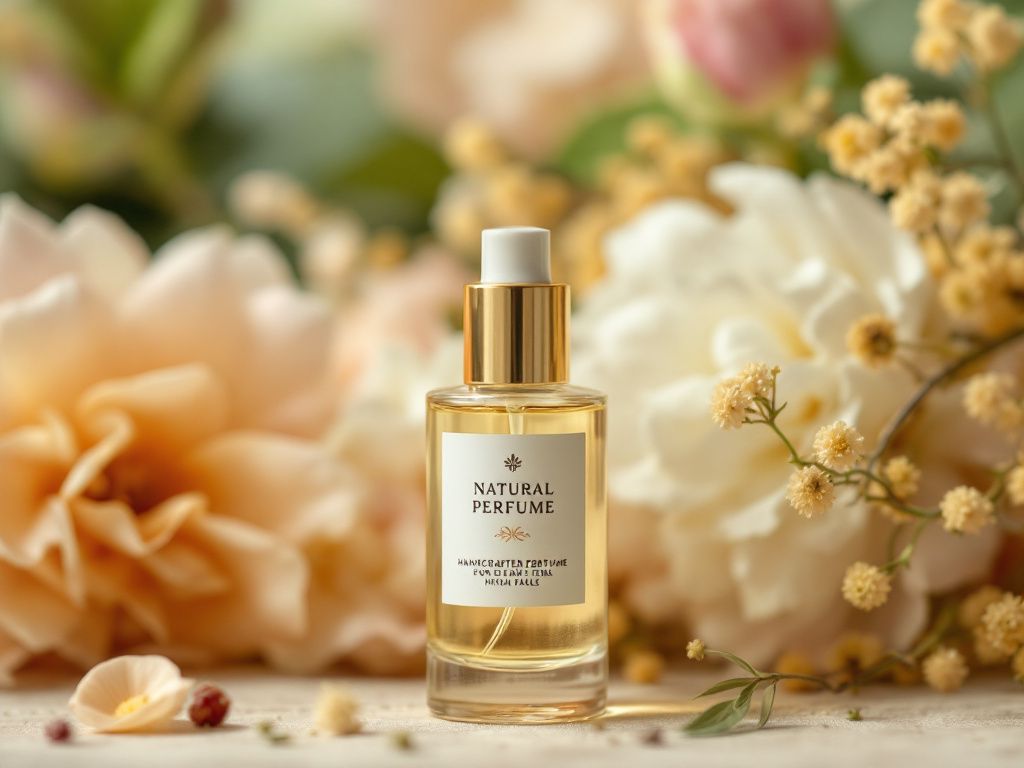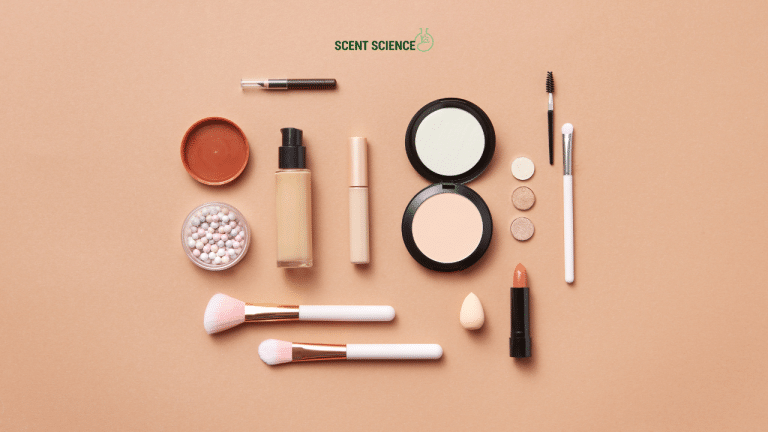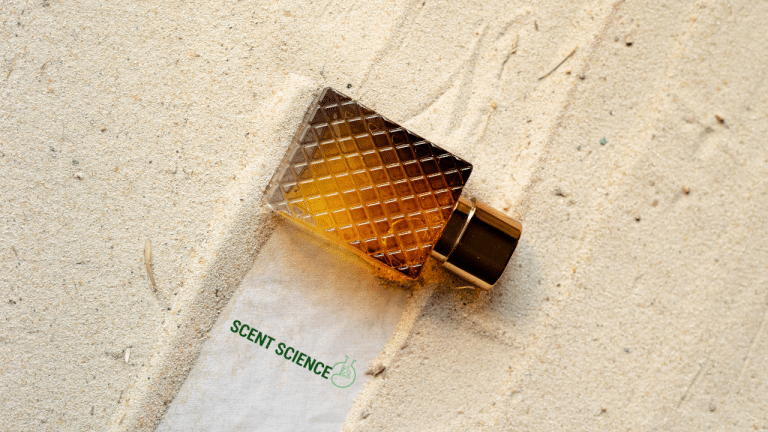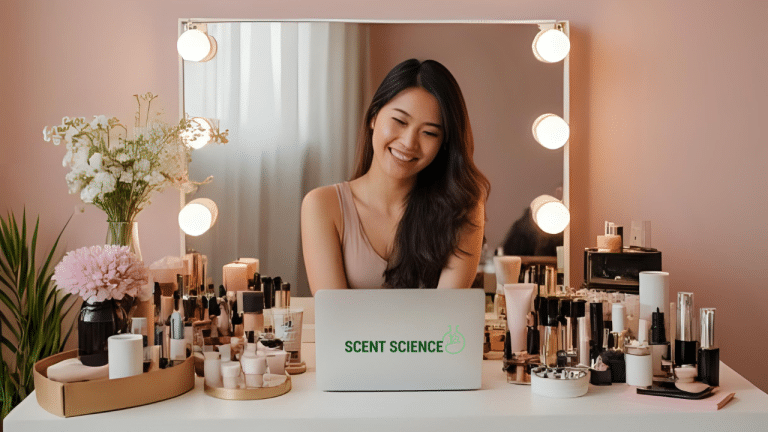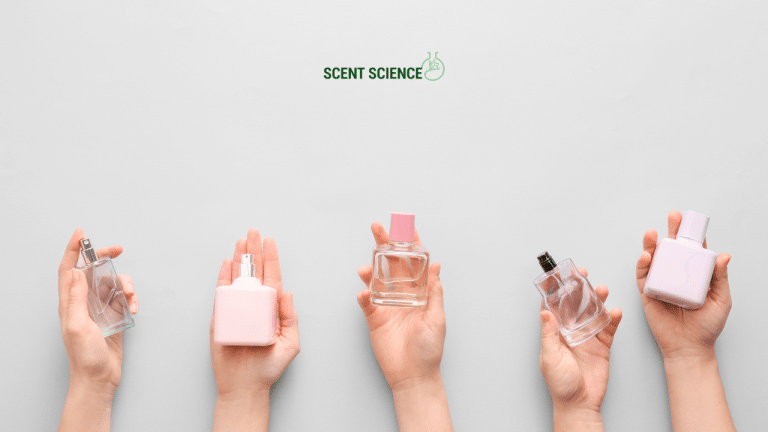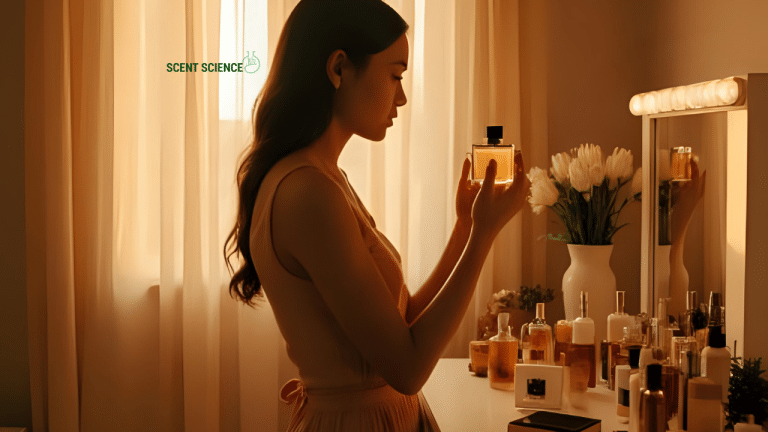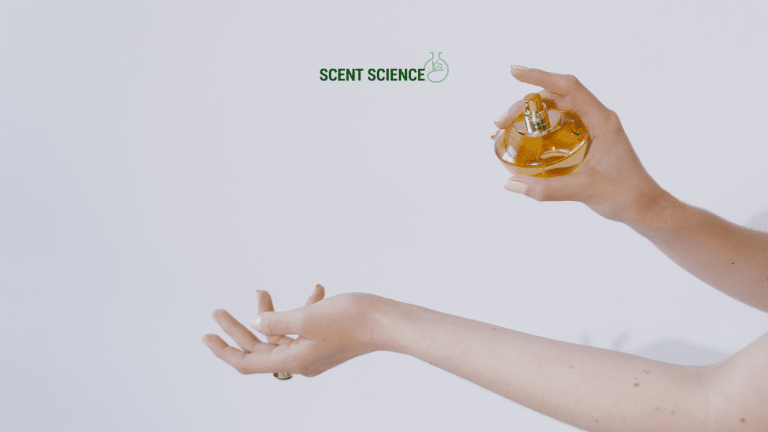Have you ever spritzed a bottle labeled “natural perfume” and thought, “How do they ensure this smells the way it should and lasts the way I like?” Trust me, you’re not alone. Navigating the world of natural fragrances is like stepping into a secret world of botanical magic that raises questions about quality and purity. It’s an intriguing puzzle where answers blend art and science. Let’s journey into this fragrant labyrinth and piece together what really defines quality standards in natural perfumes.
Table of Contents
ToggleWhat Makes a Perfume Natural Anyway?
This can get a bit blurry at first, but let’s demystify it. **Natural perfumes**, as you’d guess, are derived from plants, flowers, and other natural sources. They avoid synthetic compounds, drawing solely from what Mother Nature provides. The beauty of it? Each fragrance is as unique as a leaf’s vein, with its own story written in scent.
Getting to the Essence: Understanding Natural Ingredient Sourcing
The lifeblood of any natural perfume is its ingredients. Picture fragrances extracted from fields of jasmine in India or lavender from the rolling hills of Provence. Beautiful, right? But here’s the catch—ensuring these ingredients are pure and potent involves meticulous quality control that begins at the source. Let’s break it down:
- Ethical Sourcing: Ethical practices ensure respect for both nature and the communities that nurture these ingredients. Choosing suppliers who treat their land and laborers with care isn’t just feel-good, it’s do-good too.
- Organic Certification: Trust me on this one—a pesticide-laden plant does no good to a natural perfume. Organic certification assures you’re getting ingredients free from synthetic chemicals. Look for seals like USDA Organic or COSMOS.
The Alchemy: Transforming Raw Materials into Fragrance

Once those precious botanicals reach the lab, the real magic begins. Yes, creating a natural perfume involves serious alchemy. This isn’t just a haphazard blend of oils—it’s a finely-tuned symphony. Here’s the lowdown on how it all unfolds.
Extraction Methods: Stirring Up the Scent
Natural extracts come to life through techniques like **steam distillation**, **solvent extraction**, **CO2 extraction**, and **cold pressing**. Each method caters to different ingredients.
- Steam Distillation: Vis-a-vis, place botanicals in water, heat them, and voila. The resulting steam carries essential oil vapors. This is the go-to for floral and herbal notes.
- Solvent Extraction: Picture this—a solvent washes over petals, only to leave behind a concentrated absolute. It’s perfect for more delicate blooms.
- CO2 Extraction: This modern method uses carbon dioxide in a high-pressure chamber to pull oils without altering their aromatic bouquet. Ideal for various plants and spices.
- Cold Pressing: Primarily used for citrus peels. It’s straightforward—no heat, just pressure.
Quality Control: Keeping an Eye on Every Drop
Ensuring the consistency and quality ey’re scrutinized s isn’t just about what ingredients they use but how they’re scrutinized throughout production. And here’s the kicker—the devil is in the details.
Standardization: Consistency with a Touch of Nature
While nature is inherently variable, a touch of science makes sure you get the same consistent scent every time.
- Gas Chromatography-Mass Spectrometry (GC-MS): Fit for a crime show, this analysis checks the purity and composition of ingredients, ensuring no sneaky synthetics slip in.
- Organoleptic Testing: Think of this as getting a group of perfume experts in a room to pass the sniff test. They evaluate scent profiles for richness and complexity.
Packaging that Preserves Purity

Preserving the quality of a natural perfume involves thoughtful packaging. Ever noticed those small, dark glass bottles? They aren’t just for aesthetics—they protect the delicate essential oils from light and heat, maintaining the integrity of the scent.
The Sustainable & Ethical Quest
With the trend towards sustainability, it’s time to discuss the eco-friendly aspect of natural perfumes. They’re a breath of fresh air, literally, but supporting sustainably-sourced, cruelty-free production elevates these fragrances from good-smelling luxuries to planet-friendly choices.
Key Takeaways for Sustainable Perfume Practices:
- Eco-Certified Ingredients: Look for eco-certifications, signaling that ingredients are sourced with the planet in mind.
- Minimalist Packaging: Opt for brands that commit to biodegradable or recyclable packaging.
- Transparency: Supporting brands that reveal their sourcing and production practices strengthens trust and promotes responsible consumerism.
In the Lab: Crafting Perfumes with Care
Envision natural perfume creation like a chef fine-tuning a gourmet recipe. But instead of spices and herbs, you have essential oils and absolutes. Each perfume undergoes a meticulous process of blending, aging, and formulating that might just feel like a fine art lesson.

Tips for Perfume Connoisseurs:
- Layer Your Scents: Consider how your signature scent interacts with others. It’s like mixing instruments in an orchestra—find harmonies that enhance your personal melody.
- The Power of the Dry-down: A scent’s initial spritz might be sweet, but its true nature unfolds as it interacts with your skin over time. Give it a few hours before making judgments.
Common Mistakes: Avoiding Perfume Pitfalls
Here’s where many falter: misunderstandings over shelf life and storage, resulting in fragrances that underperform or don’t perform at all. Expect a natural perfume to typically last a year or two, because we’re working with far less stablized ingredients. To keep your perfume pristine:
- Avoid Direct Sunlight: A necessary step, much like how you’d treat a beloved photograph—keep it away from harmful UV rays.
- Sweaty or Humid Conditions: Leave your perfumes out of the bathroom; moisture is a quick route to degradation.
- Keep It Steady: Temperature fluctuations are enemies of natural perfumes. Store them in a cool, steady environment.
Cultivating the Sense of Perfection
It’s easy to get overwhelmed, pinpointing perfection amidst overwhelming choices. Trust your instincts and lean into your natural love for simplicity and authenticity. It’s less about finding the best but more about discovering what you love, in scents that resonate with you and your values.
So there you have it—a comprehensive delve into the captivating world of natural perfume quality standards. Let your senses guide you through this arena, holding on to the details and practices that ensure your fragrant allies serve you as nature intended. In the scented journey of life, enjoy every breath that whispers tales of the earth, crafted with unwavering quality.
Frequently Asked Questions
What are the health benefits of using natural perfumes?
Natural perfumes offer several health benefits, primarily due to their use of essential oils and other natural ingredients. These ingredients, such as lavender and peppermint essential oils, have therapeutic properties that can promote relaxation, reduce stress, and even alleviate physical ailments like anxiety and insomnia[1][4]. Additionally, natural perfumes are less likely to cause skin irritation or other adverse reactions, making them a safer choice for people with sensitive skin or allergies[1][4>.
How do natural perfumes compare to synthetic perfumes in terms of sustainability?
Natural perfumes are generally more sustainable than synthetic perfumes. The production of natural perfumes often involves ingredients that are sustainably sourced, and the production process tends to be gentler on the environment. In contrast, traditional perfumes generate large amounts of greenhouse gases and contribute to climate change[1]. Natural ingredients also vary less in terms of environmental impact compared to the consistent but harmful effects of synthetic ingredients[2).
What makes the scent of natural perfumes unique?
The scent of natural perfumes is unique due to the use of essential oils and other natural ingredients. These ingredients can be blended in various ways to create personalized and complex fragrances that are often more subtle and understated compared to the strong, synthetic scents of traditional perfumes. Natural perfumes also allow for a more gradual and subtle fragrance that can be reapplied throughout the day without being overpowering[1][2).
How long do natural perfumes typically last compared to synthetic perfumes?
Natural perfumes may not last as long as synthetic perfumes, but they offer a more gradual and subtle fragrance. While synthetic perfumes can maintain their scent for longer periods, natural perfumes interact with the body’s natural oils, creating a unique and personal scent that gradually fades over time. This allows for reapplication without the risk of an overpowering scent[1][4).
References- Recreation Beauty. (2023). What’s so GOOD about Natural and Clean Perfume?.
- CRA-YON. (2023). Natural vs synthetic ingredients in Perfumes.
- Gentshub. (2023). The Benefits of Natural Ingredients in Perfumes.

